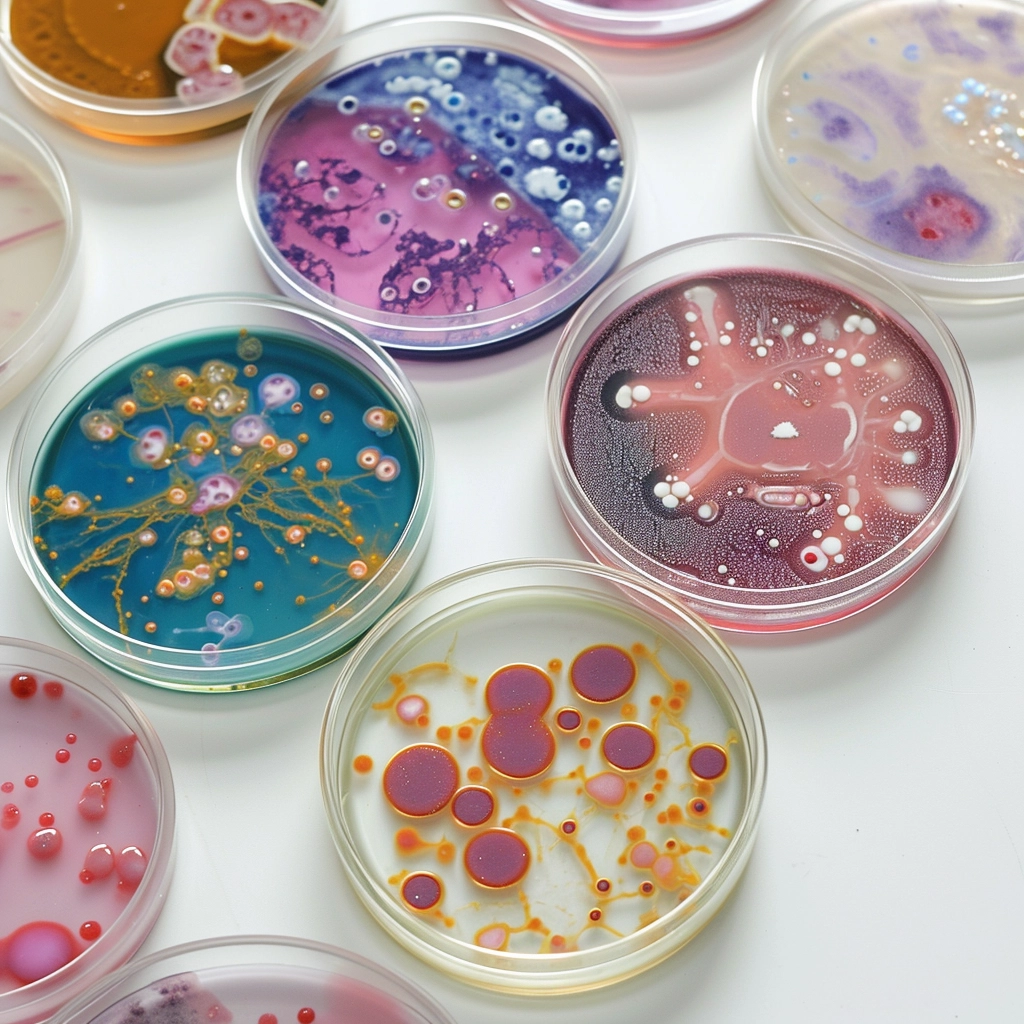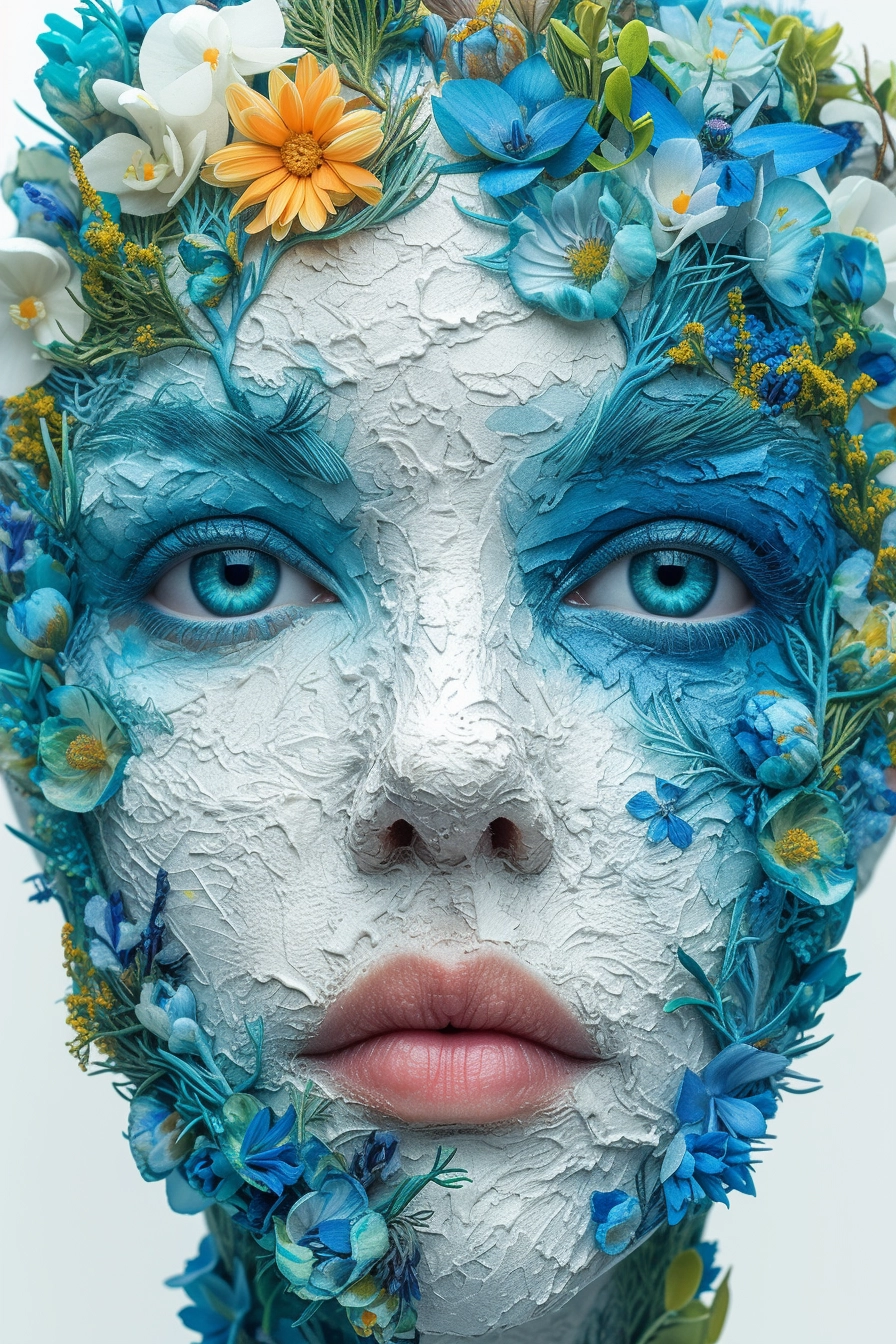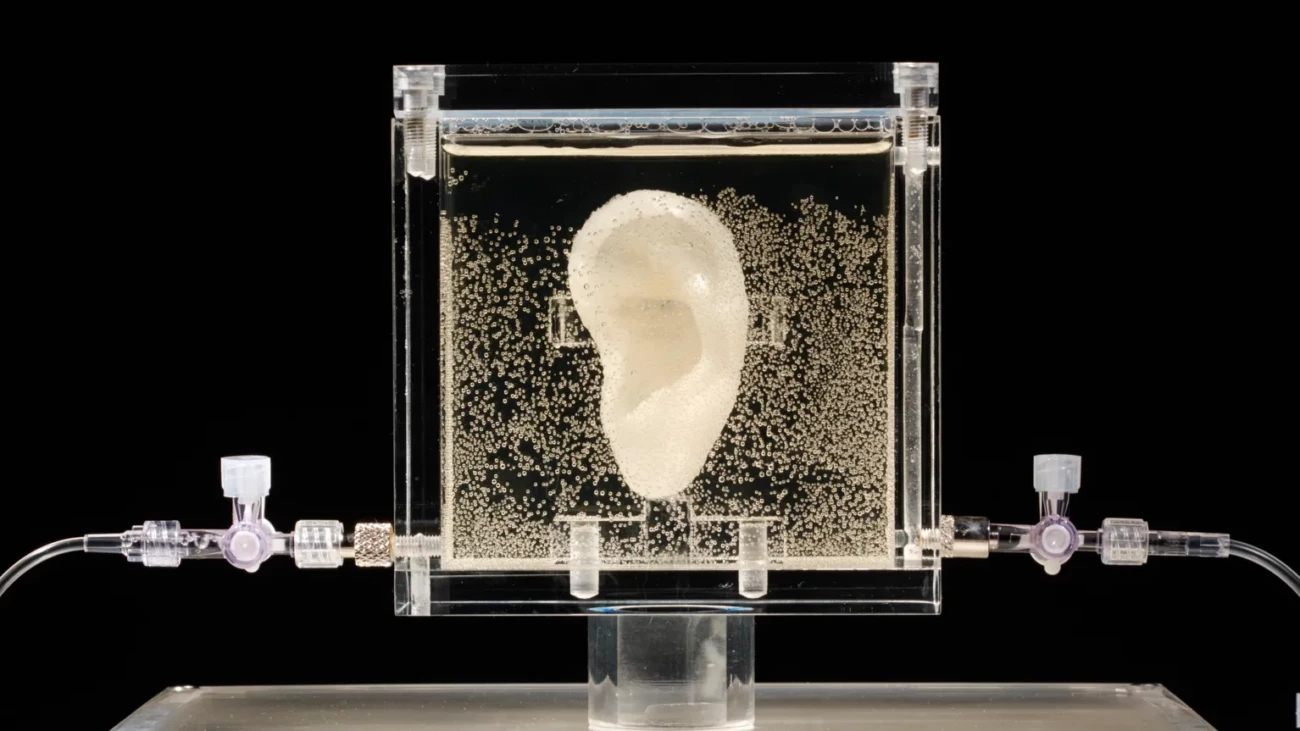
At the intersection of biotechnology and artistic expression lies a fascinating field known as Bioart. This innovative territory extends the artist's canvas to the realm of life itself, challenging our conceptions about art, science and the nature of life itself. In this article, we will explore what constitutes Bioart, its relevance and how it opens up new perspectives on ethical, environmental and existential issues.

Definition and Context of Bioart
Bioart is an artistic practice that uses biological materials, such as living cells, bacteria, biological tissues and genetic processes, as a means of expression. This field has emerged in recent decades, gaining momentum with the advancement of biotechnology and genetic engineering. Bioart artists frequently collaborate with scientists and laboratories, employing techniques such as cloning, genetic modification and tissue culture to create works that question the boundaries between artificial and natural life.
How It Works/Main Principles
Bioart operates at the intersection of art and science, incorporating biological processes as part of the creative process. For example, an artist might genetically manipulate bacteria so that they produce colored pigments or employ living cells in biosculptures that evolve or decompose over time. This type of art is not just limited to the direct manipulation of biological materials, but also includes the exploration of topics related to biology, such as the relationship between organisms and their environment, issues of biodiversity, and the ethical implications of genetic engineering.
Applications and Real Examples of Bioart

A striking example of Bioart is “Van Gogh’s Ear”, created by Diemut Strebe in collaboration with scientists. In this work, living cells were used to recreate Van Gogh's famous severed ear, questioning identity and immortality. Another example is Eduardo Kac's “Genesis” project, which involved the creation of a synthetic DNA sequence based on a biblical passage, inserted into bacteria. These projects demonstrate how Bioart can provoke reflection on questions of identity, creation and the nature of life.
Impact and Importance
Bioarte offers a unique platform to discuss ethical, social and environmental issues related to biotechnology and the manipulation of life. By bringing these discussions into the public domain, Bioart promotes a necessary dialogue about human responsibility towards nature and future generations. Furthermore, she challenges the traditional separation between science and art, proposing a more integrated view of knowledge and human creativity.
Challenges and Criticism
Bioart faces criticism related to ethical concerns about the manipulation of life and potential biotechnological risks. Additionally, reliance on collaborations with scientists and access to laboratories can limit accessibility and diversity in the field. Despite these challenges, many artists and scientists defend the importance of Bioart as a means of exploring and questioning the implications of science in society.
Future and Possibilities
The future of Bioart looks promising and full of unexplored possibilities. With the continued advancement of gene editing technologies and biotechnology, the frontiers of Bioart will expand, offering new ways of understanding and interacting with life. This could lead to more immersive and interactive art forms that not only represent life, but are themselves forms of life.
Frequently Asked Questions (FAQs)
- What differentiates Bioart from other forms of art?
Bioart is distinguished by its use of biological materials and processes as a means of expression, in addition to frequently addressing ethical and scientific issues. - Is Bioart ethical?
Ethics in Bioart is a topic of intense debate. Many artists and scientists involved in this field take rigorous precautions to ensure that their work is carried out ethically and responsibly. - How can I see or experience Bioart?
Bioart works are frequently exhibited in contemporary art galleries, science museums and digital art and technology festivals.
Bioart is a field that challenges our conventional notions of art, science and the essence of life. Through the fusion of artistic expression with biotechnology, she offers a window into the possibilities and dilemmas of our time, promoting critical dialogue about the future of life on Earth and beyond.
Call to Action: We encourage readers to explore more about Bioart, whether by visiting exhibitions, participating in workshops, or following the work of artists and scientists who navigate this fascinating intersection between art and science.